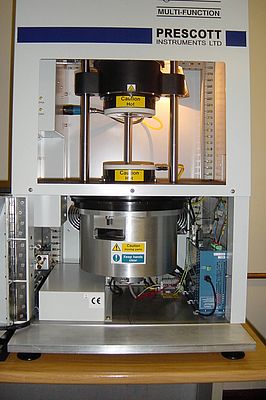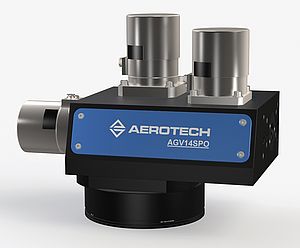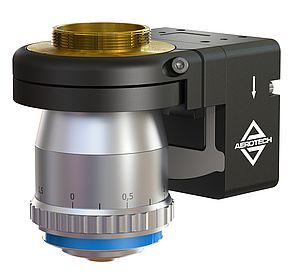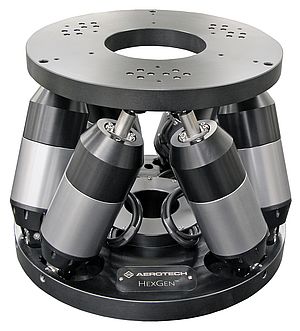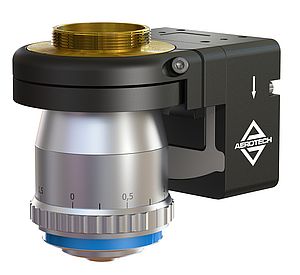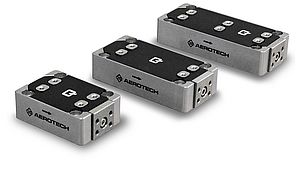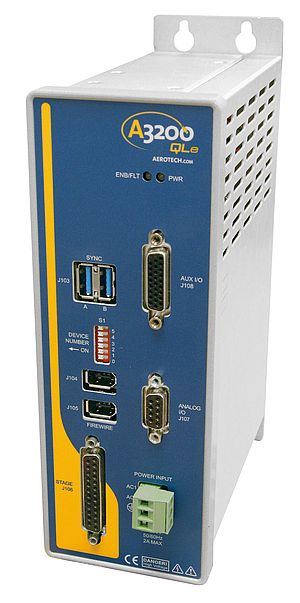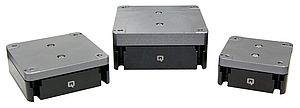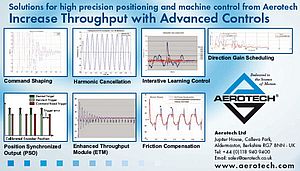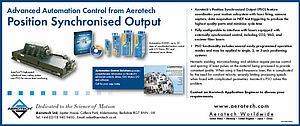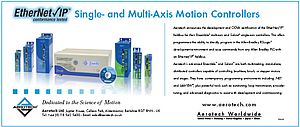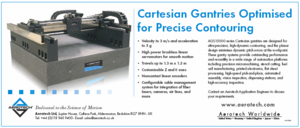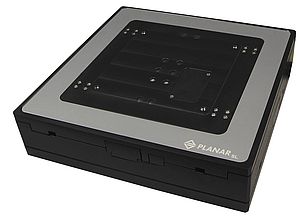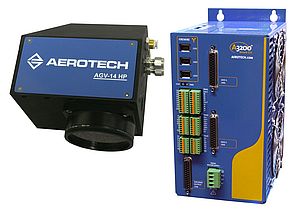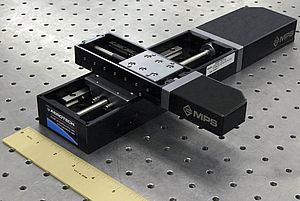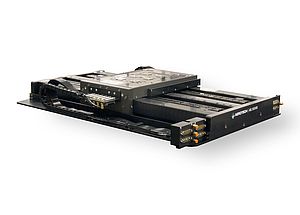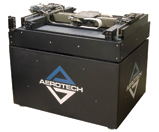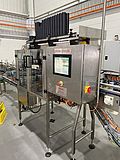Instrument manufacturer uses direct drive motion technology to increase flexibility on rubber and elastomer test instrument. Harmonic cancellation algorithm dramatically reduces positioning.
Prescott Instruments, the Tewkesbury-UK based specialist test instrument designer and manufacturer, recently introduced a new multi function rheometer for rubber and elastomer materials testing that uses direct-drive brushless servomotor technology for a sinusoidal motion technique that offers greater flexibility and a wider range of test conditions.
The Rheo-Line Multi-Function rheometer can provide tests at lower frequencies to improve the study of polymer processability in addition to more traditional moving die rheometer (MDR) testing and dynamic mechanical analysis to evaluate the cured properties of materials.
The rheometer uses a single axis frameless and brushless torque motor with a peak rating of around 20Nm in combination with a high resolution optical encoder together with Aerotech's Soloist HPe integrated servo drive and motion controller. The sinusoidal motion continuously oscillates the sample under test at selected low frequencies and is delivered in combination with a fast output pattern from the Soloist that gives the Rheo-Line the time vs. angular position information that is critical for the in-phase and out-of-phase measurements recorded by the machines sophisticated sensors. The synchronisation and accuracy between motion and output needs to be extremely accurate, with a working specification in the order of a just few thousandths of a degree.
During machine development and for commissioning each new machine, Prescott Instruments engineers have benefitted from the advanced tuning tools and algorithms available with the Dynamic Controls Toolbox. The Toolbox works in concert with the Soloists' IDE software – a Windows-based GUI that provides powerful diagnostic, development, and analysis tools that shares a common theme with these motion control software platforms.
The Rheo-Line's impressive performance is helped by Aerotech's Harmonic Cancellation algorithm which dramatically reduces positional errors on systems with a periodic trajectory commands or cyclic disturbances typically found in oscillating trajectories.
The Harmonic Cancellation algorithm is extremely effective where a motion profile is continually repeated such as the sinusoidal oscillation required for the Prescott Instruments Rheo-Line. Other applications that may benefit include sensor testing of accelerometers, gyroscopes and other inertial measurement. The algorithm may also be useful for multi-axis positioning systems where a periodic or rotational motion on one axis leads to unwanted error motions on the other axes. Machine tools, tracking systems, spin stands for data storage, and semiconductor wafer processing equipment all exhibit this problem to some degree. The harmonic cancellation algorithm can adapt to such disturbances that are periodic on the position of another axis, even if the speed of that axis, and thus time-based frequency, changes.
Other Dynamic Control Toolbox tools available to improve machine accuracy and increase speed and throughput include the ETM (Enhanced Throughput Module) – a software and sensor based hardware solution that measures the unwanted motion in several directions on the machine base, sending the information to the controller which modifies acceleration/deceleration and other factors. This results in significantly improved move-and-settle time and contouring performance which in turn increases the throughput of existing and new machines, and greatly reduces the effects of frame motion on the servo system.


